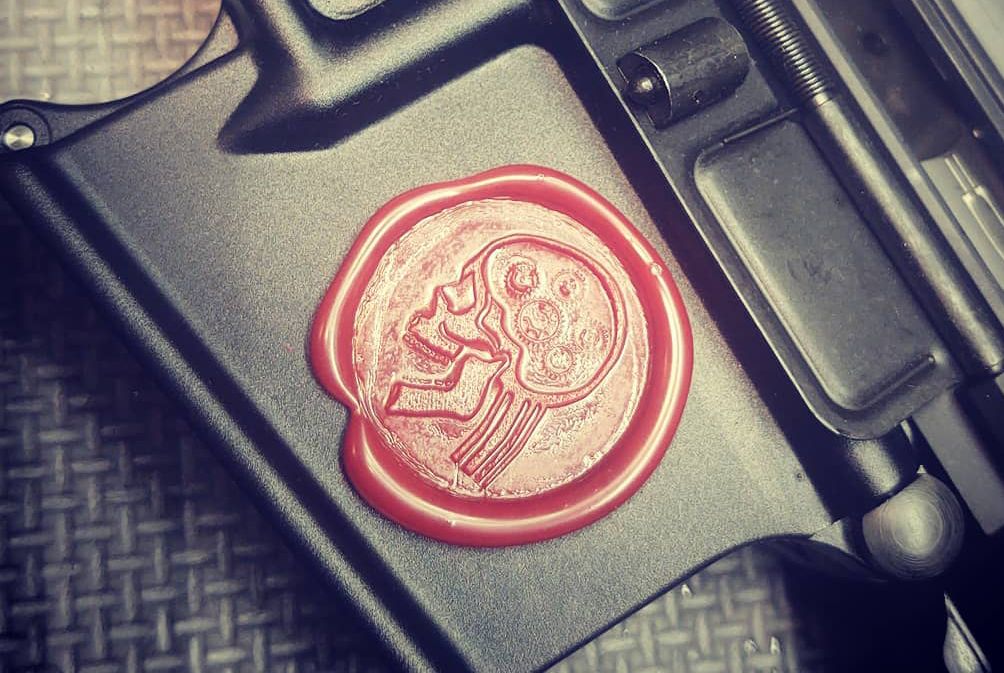
We recently sat down with Chad Albrecht from School of the American Rifle to discuss his company’s growth, his sometimes misunderstood approach to gauging AR components, why quality control on AR-15 parts is an increasing concern, and what you should look for when you buy parts for your next build.
Q: Chad, it’s been a while since our last interview. Thanks for taking the time to sit with us. Congratulations on all the success you are seeing. What’s that been like for you?
Chad Albrecht, School of the American Rifle – The growth has been more than we can keep up with. It’s a yard that we can’t maintain if that makes sense. (laughs). The grass is growing faster than we can mow it. We are holding a class pretty much every weekend. The only weekends we take off are for holidays or birthdays or anniversaries to enjoy family time together. Other than those special occasions, we are holding classes roughly 45 weeks out of the year.
The demand has been incredibly humbling. We just announced our classes for 2022. Five days ago, we announced classes for that entire year, and it sold out in four hours. I can’t put into words how that feels precisely. When we started this journey, I never expected that it would be something so popular and that it would be something that people would be that excited to be a part of. It’s humbling, and I am so thankful to everyone who takes time out of their lives to join us.
More than that, I know that for the most part, for most of my students, their travel expenses probably exceed the cost of the class. It can be a costly endeavor for them, and I’m grateful. I’m very fortunate to be in a position where I can teach what I know, and people trust me to do that. That said, I still try to tell people to make sure that they broaden their educational awareness when it comes to the AR and take other classes, not just mine.
Q: Who is attending these classes, and do you think there’s a reason for the uptick in popularity?
Chad Albrecht, School of the American Rifle – The spectrum is vast. I get people who are regular, blue-collar folks who just love to work on their own things. Then we have people from the firearms industry who are attending, whether they are paying on their own dime, or actually the company they work for is having classes booked for their employees. I’m getting interest from government agencies, police departments, things like that, for courses.
The spectrum is also broad in the sense that we get people who have just bought their first AR and have absolutely no training whatsoever to people who have been working on the gun longer than I’ve been alive. All of them seem to take a tremendous amount of information away from the classes. I’ve assumed that people who have been working with ARs longer than I’ve been on this Earth have little to learn, but they always tell me the opposite – that they’ve learned a tremendous amount of useful information from the two days. It’s a lot of information. It’s a two-day class, with roughly 12 hours each day.
Q: For those readers who may be new to what you do, can you remind them of what your class is like?
Chad Albrecht, School of the American Rifle – It’s a pretty wide variety of what I refer to as components and quality. Some people will bring AR-15 parts, and others a complete gun that has never been tested and looked over, perhaps never been fired outside of a factory testing protocol.
We’re tearing it down, gauging it, inspecting it, maybe making modifications, and rebuilding it into something better than it was. Again, some people are bringing just boxes of AR-15 parts. Other attendees will bring problem rifles where they have something that they can’t quite iron out, and they want to bring it to both solve the problem if possible and learn while doing so.
We’ve yet to have an example in class where we could not resolve the problem. Sometimes we have issues with accuracy that the owners can’t quite get ironed out with the gun, and we’ll rebuild and replace parts if the data shows it can help. Sometimes, they’ll still have accuracy problems, which usually comes down to a barrel with a problem.
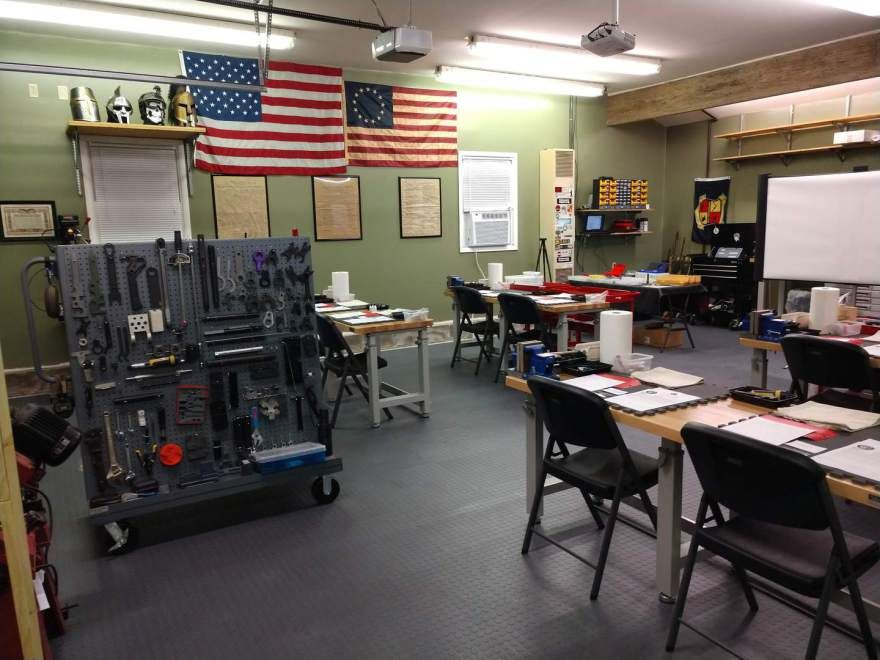
It used to be that half the time, people would bring extremely cheap AR-15 parts to classes. They would spend more on the class than they would on the parts kit, and we would basically build a good gun out of a substandard kit, following certain guidelines. That does not happen much anymore. Most people are bringing what I would consider higher-tier parts to the classes. That may be due to the amount of exposure we’ve had. That said, even the “good” AR-15 parts are having lots of problems.
Q: We’re huge supporters of what you do, and have noticed that as your profile has grown, detractors sometimes criticize what they might see as an overly meticulous approach. Is this something you’d be willing to address?
Chad Albrecht, School of the American Rifle – Sure, that’s a constant question that people often bring up when they don’t understand it. They assume that if we are talking about gauging, let’s say I gauge and inspect 300 points on the rifle, if I see two failures, it will automatically fail some sort of test that I have. That’s not the case.
The way I see it is that the more processes pass certain levels of gauging, the more likely you are to have a reliable build. Of course, if you don’t have absolute perfection, you can still have a perfectly functioning and reliable gun. Basically, what I am trying to do is eliminate guesswork. If you throw together a gun, you assume that the headspace is right.
You assume that the gas system is efficient. You accept that because a barrel manufacturer says ‘use this buffer’ because they use this size gas port, it is automatically going to be the best solution for that build…but that’s not always going to be the case.
What the gauging does for me is it gives me a satellite view of everything that I am looking at. So you have a bunch of AR-15 parts that have to work in synchronicity together and to make sure that you get the best recipe out of those ingredients, gauging will let you then determine that maybe this buffer system is a better application for this efficient or inefficient gas system.
Or, maybe we need to consider a different bolt because headspace was too tight with this particular bolt/barrel combination. Most people don’t even bother checking it. They just put it together.
Some people have issues with feed ramps. They say if the magazines and the ammo you have shoot just fine, don’t bother with the feed ramps. But what if you change magazines? What if you change ammo…and you leave those feed ramps that are actually a problem alone? You may start to encounter problems. In my class, we address those kind of problems. Instead of just saying “let’s just cross our fingers and hope for the best,” we confront it ahead of time.
On top of that, in classes, we’ll talk about service-related issues that come from use. What can wear out? How does it wear out? What do you look for? How can you measure things to see if something is about to be a problem?
It’s not only building a gun right out of the gate, it’s understanding how the machine will start to wear, and what you can do to eliminate a problem when certain wear takes place…which it eventually will, as it’s a machine.
I think the biggest miscommunication that occurs is that when people assume that when terms like Mil-Spec or TDP are used, that means the AR-15 parts that they have automatically is what the manufacturer says it is. That’s not always the case. You are taking a huge leap of faith that what you bought is what it is advertised as. Sometimes if it’s not what you think it is, it may still work.
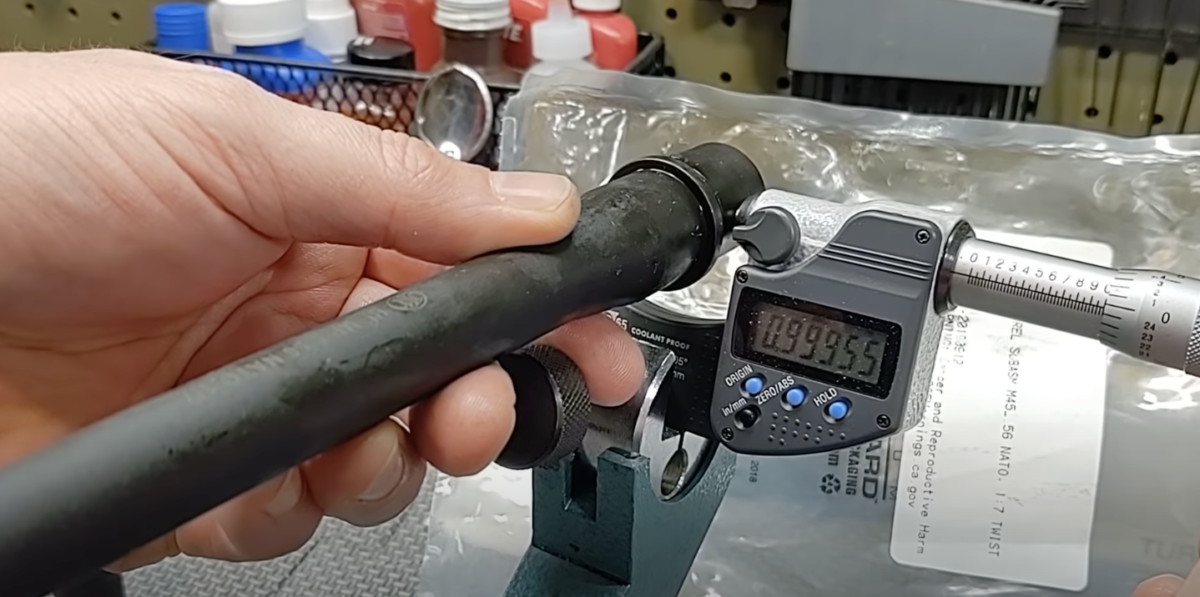
What people will sometimes do is take little snippets of comments I’ve made online, some of my video content, or even some of the articles we’ve discussed, and they’ll take a excerpt of a conversation or video, and misinterpret what I say and then go online and try to repeat it as if they understand it, if that makes sense.
They perpetuate information that they think they understand, but they don’t, because that one snippet from a video or article, I’ve probably expanded on it for three to four hours in a class. They try to take small little pieces and either try to use that as justification that they understand what I’m doing, or they use it to attack what I do.
Neither one of those camps really understand until they sit down with me, and we can go back and forth. From that, they can see where I am coming from, why I do what I do, where you can skip doing it, and how it may or may not affect your build, but there’s a lot of nuance involved, besides just saying “let’s cram this gauge into this hole, and see if it is pass or fail.”
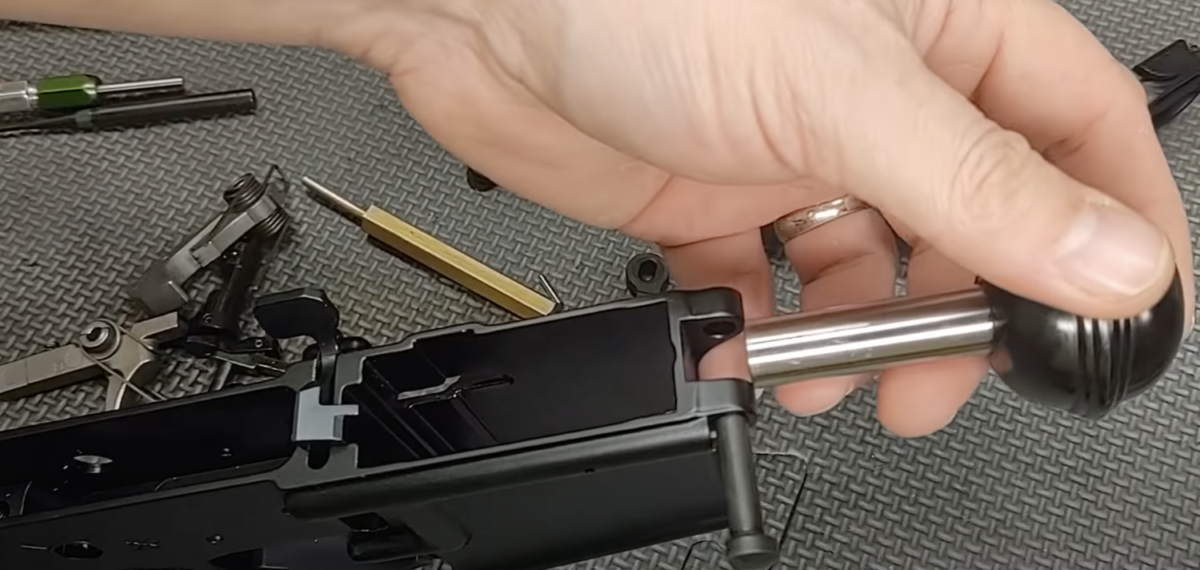
Q: Moving on, what are you seeing in the industry today, and what is your message to builders who are buying ARs or buying parts to build ARs?
Chad Albrecht, School of the American Rifle – Approach everything you purchase with a little bit of skepticism. I’d also tell people to take that same approach with what I teach as well. I am not expecting people to be some sort of disciple of mine, I’m just teaching information that I know. That information constantly changes, and my classes constantly change. If I do something that can be improved on, I will change my teaching approach.
The same thing applies to consumers. They can think they are getting the best because there is a certain brand attached to it. Try to be a little more open-minded about what you buy, and don’t buy any AR-15 parts blindly. Try to understand the machine a little bit better as you are putting it together.
Look at things a little more carefully instead of just slapping it together, because like Will Larson said often, AR-15 parts are not Legos. The AR-15 is now the equivalent of building a 1911. There’s a lot of AR-15 parts that need addressing instead of just smashing them into an assembly and saying ‘run it.’
Just because it runs now, when it is clean and not too hot, doesn’t mean that when the gun gets a little worn in, hot, and fouled, it will continue running. It may choke if you don’t look at certain things, gauge things if you can, and get a good overview of the machine you are building before you start hammering parts together and hoping for the best.
Q: You’ve mentioned quality control as a concern in some of your social media posts over the past year or so. What are you seeing, and what should we be looking for in regards to AR-15 parts?
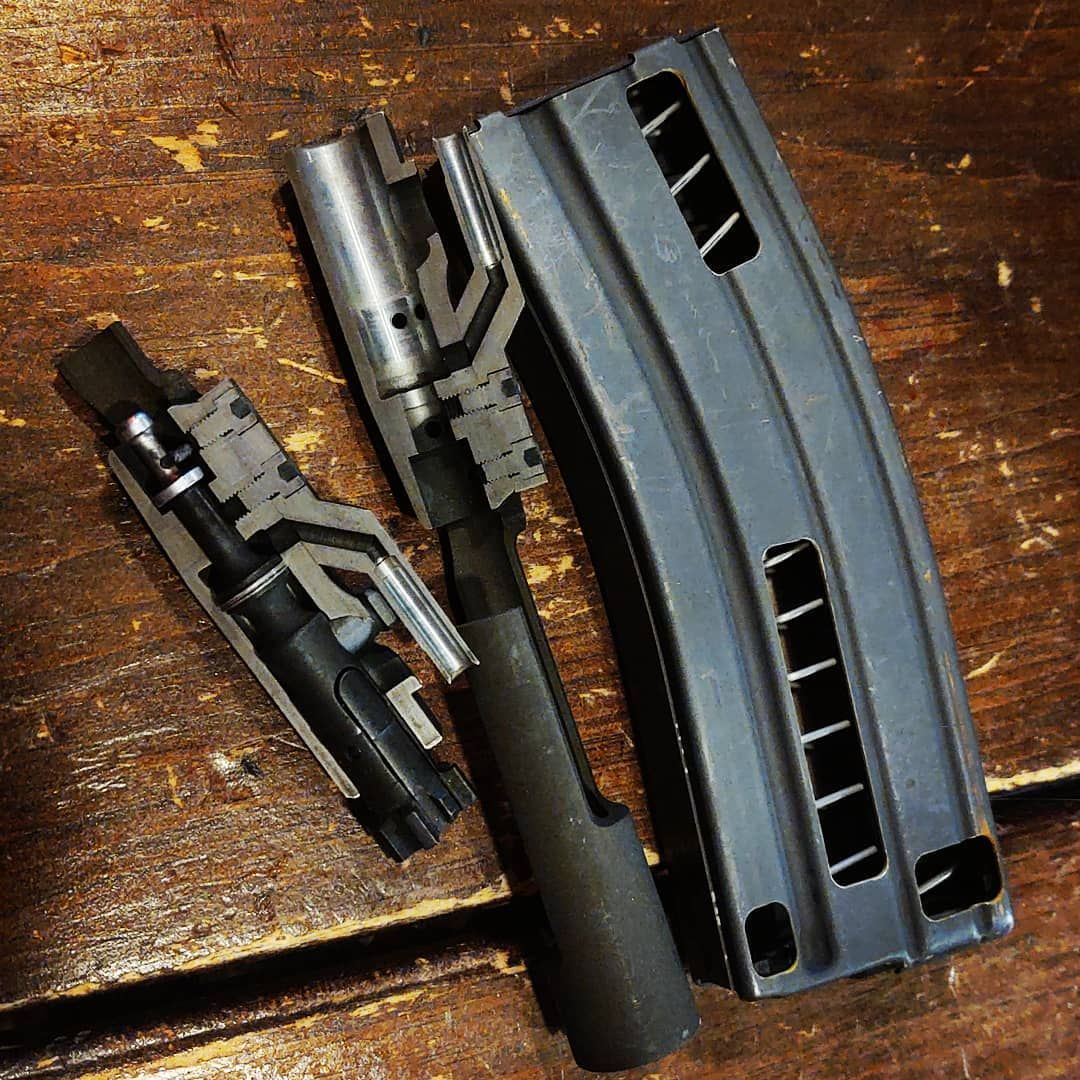
Chad Albrecht, School of the American Rifle – Some of the most obvious quality control issues with AR-15 parts can be seen with the naked eye. Some people will obsess over what I refer to as cosmetics. They’ll look at the outside of a bolt carrier and see some machining marks, or they’ll look inside the bolt carrier tail and see that its rough. Those areas don’t have much effect on the function at all. The areas that do are inside of the carrier. If you can look on the inside of a bolt carrier (there are three separate bores in there) and see machining marks with the naked eye and some light, that’s a problem.
But if you put a borescope in there and it looks like it’s been raked over sand, that’s not a problem. A borescope is going to show all kinds of things…the same thing with a barrel. Because they are becoming more affordable and popular, more people are buying borescopes. They’re looking inside their barrels and seeing surfaces that to them look like the surface of the moon. They then worry and think that their barrel is trash.
It’s almost like an untrained person trying to read an x-ray. If you don’t know how to interpret information from a borescope, that’s a tool that’s likely not too useful for you. Rather, use the naked eye to look inside the barrel and the chamber, and if you can see stuff with the naked eye, there may be a problem. The same applies inside your bolt carrier, but we’re talking about the functioning surfaces, not the parts that don’t make contact with anything. If you do that, and use some reasonableness, you might be able to detect quality control problems.
Sometimes you can feel things, but sometimes you can get into a place where experience matters. Perhaps you have a sloppy upper to lower receiver fit. A lot of people freak out about that. Depending on the purpose of the gun, it’s probably not an issue, but there is a range for ‘pass or go,’ but without education on that, you wouldn’t know.
Q: Anything else you think people should know?
Chad Albrecht, School of the American Rifle – Being careful about the ammunition they use, and where they get it from. Not only have components in the firearms industry suffered, so has the quality and consistency of ammunition.
So, if they have problems with their build, they should refer back to the MEAL chrononym: good Magazines, good Extractor & Ejector, good Assembly, and if you built a gun and it’s not working, strip the Lube off and try a different one.
If it’s still not working, maybe try different mags and different ammunition. Don’t initially put all your eggs in one basket when it comes to how you initially set up the gun when you test it. Try to change out those variables a little bit. Also, remember that a lot of guns come with poor quality springs, so consider some better springs, perhaps a good ejector spring, extractor spring, and buffer spring.
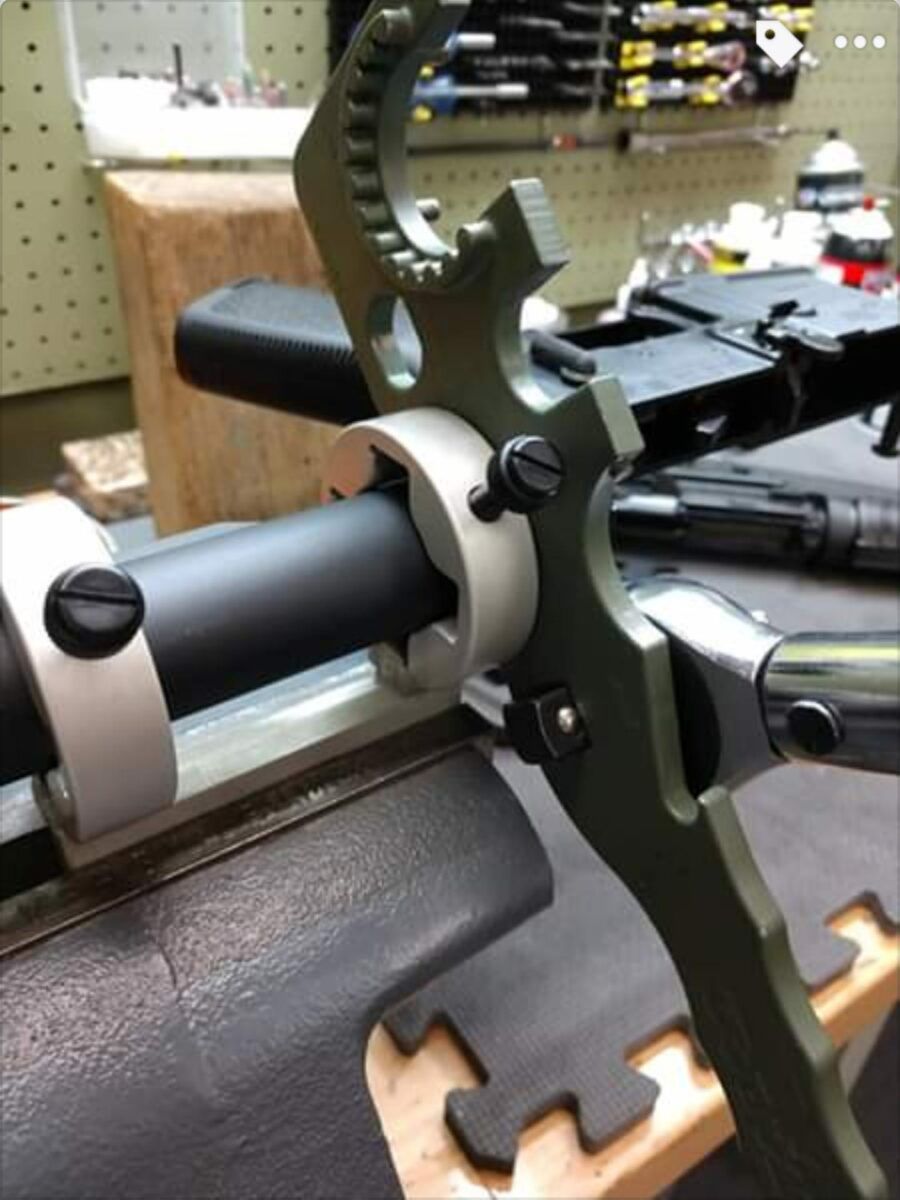
Finally, carefully consider the tools and the information you get from the internet. There is a lot of great information on social media, forums, YouTube, but there is also a heck of a lot of bad information. So, if you don’t have the ability to discern the good from the bad, try to really seek out people who have really been vetted by other people in the “AR community.”
The “good enough” mantra is pretty prevalent, and most information you’re going to get from people is marginal at best, so just be careful about who you take advice from. And, if you do take advice from someone like me, continue your education path. Keep taking instruction from other places…There are good instructors out there that will give you fantastic information. Continue learning, as if you become stagnant, you might suffer the consequences.
###



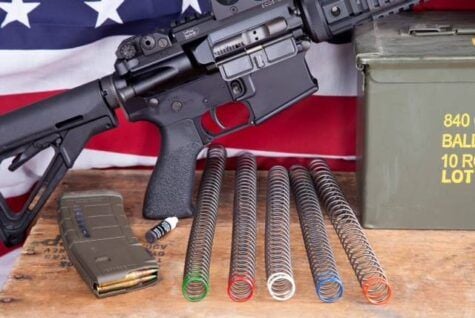

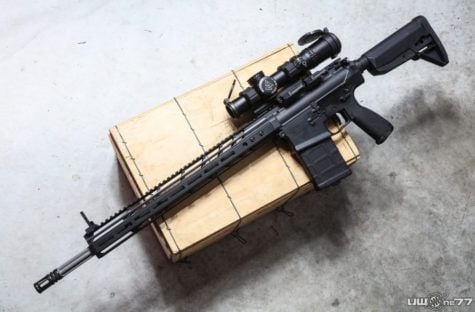
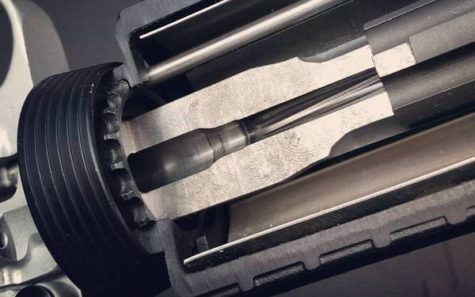
Chad has taken the mystery and BS out of the AR rifle and assembly. I only wish we could purchase his knowledge, without having to try and get into one of his classes. It is like purchasing a lottery ticket and almost as hard to win..I would pay top dollar to get a video of one of his classes.